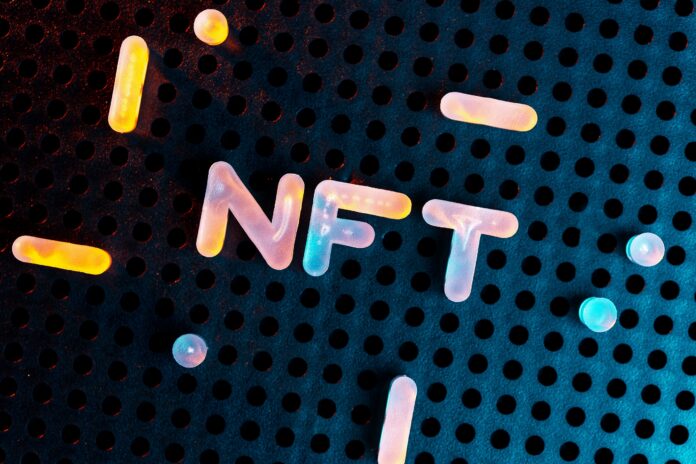If you’ve been online and surfing around some of the tech news, you’ve inevitably heard of NFTs. Today I’m going to explain what NFTs are, give some common examples of why they’re interesting, and approach the topic from a technology as well as a consumer perspective.
Hi, I’m Peter Nichol, Data Science CIO.
NFTs stands for non-fungible tokens—digital, blockchain tokens representing a physical or digital asset. Let’s get into what fungible means because that gets to the heart of NFTs. First, we’ll review what fungible and non-fungible are all about.
Fungible means that something can be replaced. Fungible things might include dollar bills, common shares, options, gold, oil, #2 yellow corn, etc. Fungibility, in this context, means that #2 yellow corn, regardless of where it’s sold, has roughly the same intrinsic value. Inversely, non-fungible implies that the object or thing in question is unique, not replaceable, or non-interchangeable. Great examples of non-fungible goods include art, baseball cards, real estate, etc. In each case, these things aren’t directly replaceable with something that’s exactly the same. However, they can be replaced with something similar, as in the case of oceanfront property. They also might hold a similar type of total cumulative value, as in the case of two old but “excellent” condition baseball cards. But, ultimately, a particular piece of land is the only piece of land in that spot with its specific attributes.
As we ponder the potential of non-fungible tokens, we realize there’s a clear benefit when you have something that’s non-fungible, unique, or non-interchangeable. Once in the form of a digital token, these items are permanently stored and recorded as proof of ownership.
We can observe the dynamics of fungibility from two differing perspectives—the seller and the buyer.
This model works well from a seller’s perspective when selling something unique and challenging to monetize. For example, we came up with a great idea for organizing our to-do lists using an AI algorithm that we developed. How would we monetize this idea? We might even have a working prototype. Squeezing out financial value from this remarkable idea will be very challenging. However, this is an excellent use case for building an NFT and selling this on a marketplace as a token. This would be one approach to monetizing the idea for investment purposes.
From a buyer’s perspective, we also have benefits. First, we have the classic benefits of supporting the original authors of assets; e.g., music, art, and ideas. Second, there are the advantages of clearly defined usage rights that often accompany the asset. Additionally, you have the right to sell or transfer as a seller, and you have immutable proof of ownership.
As you explore the use, utility, and benefits of NFTs, you should now be empowered to understand NFTs, the benefits of fungibility, and how these tokens are being leveraged to capture potential value.
If you found this article helpful, that’s great! Check out my books, Think Lead Disrupt and Leading with Value. They were published in early in 2021 and are available on Amazon and at http://www.datsciencecio.com/shop for author-signed copies!
Hi, I’m Peter Nichol, Data Science CIO. Have a great day!
